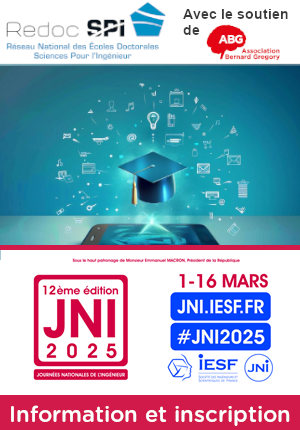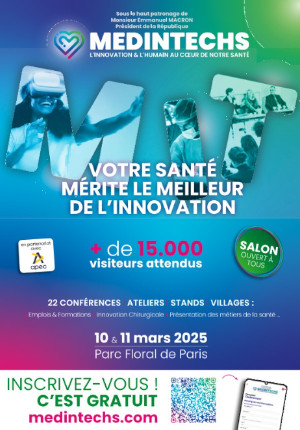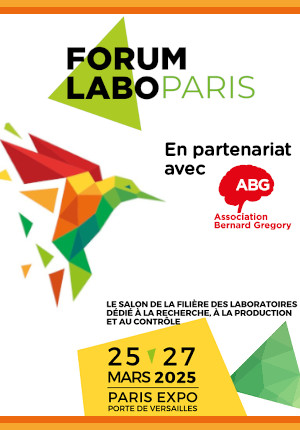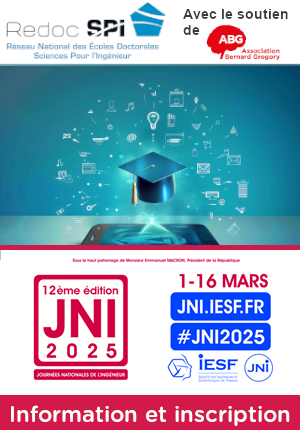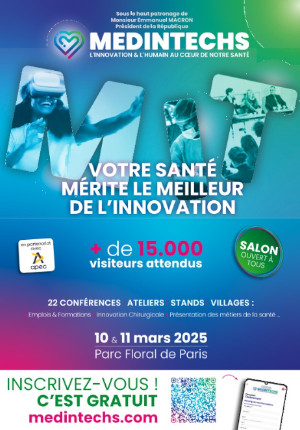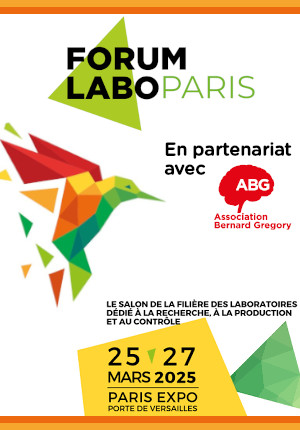Design and manufacture of type 5 composite pressure vessels using laser assisted fiber placement: a numerical simulation approach
| ABG-128510 | Sujet de Thèse | |
| 12/02/2025 | Contrat doctoral |
- Sciences de l’ingénieur
- Matériaux
- Numérique
Description du sujet
Composite pressure vessels (CPVs) are products of high technology which are increasingly used in aerospace applications (i.e., storage of cryogenic fuels aboard rockets, satellites and spacecraft), in automobiles and heavy trucking (i.e., storage of hydrogen), and in the marine industry (i.e., storage of air and gaseous fuels). Pressure vessels can be classified into five types and of interest in this work are the linerless tanks (Type 5). As compared to Type 1-3 tanks (metal liner) and Type 4 tanks (polymer liner), Type 5 tanks do not have an internal liner since the composite acts as both the gas barrier and load bearing structure. The absence of liner eliminates the need for strain compatibility between the liner and composite (encountered in Type 4 vessels), leading to increase fatigue performance and potentially reducing the weight by 20%. However, Type 5 CPVs are presently at a lower stage of technology readiness, demonstrated by the lack of available literature. It is worth noting that most CPVs are manufactured using filament winding, but this technology suffers from several drawbacks (i.e., wrapping only around convex surfaces, difficulty to achieve non-geodesic paths, requirement of continuous fiber band…). These manufacturing limitations can be overcome by using automated fiber placement (AFP) machines, and amongst them the laser assisted fiber placement (LAFP). It consists of bonding an incoming composite tape to a previously laid and consolidated laminate under laser heat and pressure locally applied to the interface. Moreover, LAFP is suitable for thermoplastic fiber placement and offers benefits that are attractive for use in Type 5 CPVs (i.e., increase of fracture toughness, repeatability of formability, weldability, repairability, ease of recycling and lower manufacturing times). It also gives the possibility to produce Type 5 CPVs consolidated in-situ thus avoiding the need for autoclave equipment and cycles. In-situ consolidation is a key challenge which must be achieved in the next future by our research group. Therefore, Type 5 design and LAFP technology, both have high potential for increasing the gravimetric and volumetric density of content storage. However, several engineering challenges must be overcome before they can be adopted commercially and offer a reliable alternative to Type 4 vessels.
To address this issue, the Université Bretagne Sud (UBS-France) is developing a forward-looking manufacturing process for this new generation of composite pressure vessels. Indeed, UBS recently acquired a new test bench to carry out tests on high pressure tanks, via its ComposiTIC technological platform (platform specializing in the implementation of innovative composites). Unique in France, this bench is intended to test the resistance of vessels through repeated pressurization (cycling) and to determine their burst pressure (burst test). It can test tanks 1600 mm long with a maximum internal pressure of 2000 bars and measure their deformations during the pressure rise. The ComposiTIC platform also has AFP equipment and specifically one LAFP machine developed by Coriolis Composites. The headquarter and the manufacture plant of this French company is located close to UBS.
It is in this stimulating environment and on these current issues dealing with Type 5 tanks that this research project is taking place. The main objective is to deeply understand the LAFP process using a digital twin. Indeed, digital twins merge the physical process with computer-based simulation to enable smart manufacturing and complex process control. The research team already has extensive experience in this area as a software solution for simulating and improving the LAFP process was patented. This solution is based on an optico-thermal model and has been validated against experimental data performed in our laboratory. It enables us to establish heating law for the process and optimize key process parameters (i.e., compaction force, heat flux distribution, head speed…). Unfortunately to address the manufacturing challenges associated with Type 5 vessels, we need to reconsider the physics on which our model was built. In this research work, it is proposed to extend our modeling in 3D based on a thermomechanical approach with including an optical coupling. This will give access to important properties induced by the process (matrix crystallinity degree, polymer matrix degradation, permeability, residual stress, microcracking…). This numerical tool will complete the full process chain (designing, manufacturing, modelling and testing) at UBS and provides pathways for further vessel optimization and design.
Prise de fonction :
Nature du financement
Précisions sur le financement
Présentation établissement et labo d'accueil
https://www.irdl.fr/dupuy-de-lome-research-institute/
Site web :
Intitulé du doctorat
Pays d'obtention du doctorat
Etablissement délivrant le doctorat
Ecole doctorale
Profil du candidat
Training:
- Engineering degree or Master's degree in mechanics, materials science or equivalent
Specific knowledge:
- Mechanics of materials and structures
- Heat transfer
- Experimental methods (characterizations, measurements, data analysis, etc.)
- Good knowledge of COMSOL Multiphysics® software will be highly appreciated
- Materials sciences / Polymers / Composite materials
- Composite shaping process / Additive manufacturing
Personal skills:
- Rigor and scientific curiosity
- Creativity, capacity for innovation
- Strong capacity for involvement
- Work independently
- Developed relationships
- Good level of English
IRDL is a ‘zone with restricted access’ (ZRR). Access to IRDL is conditioned to authorization of the French Ministry of Defense
Vous avez déjà un compte ?
Nouvel utilisateur ?
Vous souhaitez recevoir nos infolettres ?
Découvrez nos adhérents
 MabDesign
MabDesign  TotalEnergies
TotalEnergies  Ifremer
Ifremer  MabDesign
MabDesign  Groupe AFNOR - Association française de normalisation
Groupe AFNOR - Association française de normalisation  Institut Sup'biotech de Paris
Institut Sup'biotech de Paris  ADEME
ADEME  CESI
CESI  Nokia Bell Labs France
Nokia Bell Labs France  Institut de Radioprotection et de Sureté Nucléaire - IRSN - Siège
Institut de Radioprotection et de Sureté Nucléaire - IRSN - Siège  Généthon
Généthon  Tecknowmetrix
Tecknowmetrix  CASDEN
CASDEN  Laboratoire National de Métrologie et d'Essais - LNE
Laboratoire National de Métrologie et d'Essais - LNE  Aérocentre, Pôle d'excellence régional
Aérocentre, Pôle d'excellence régional  SUEZ
SUEZ  PhDOOC
PhDOOC  ONERA - The French Aerospace Lab
ONERA - The French Aerospace Lab  ANRT
ANRT



